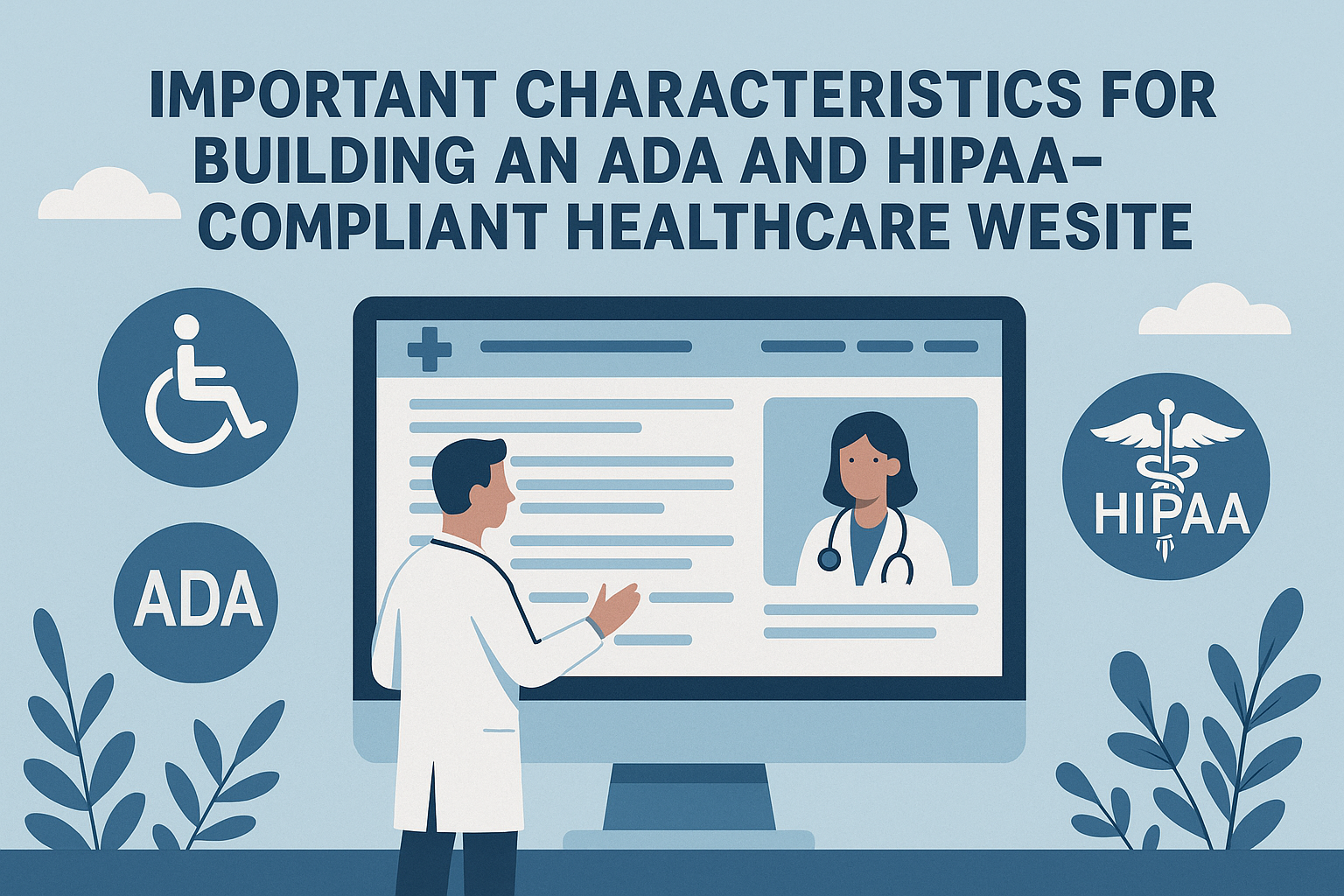
Today, a healthcare website is often the first place patients go to learn about a provider, schedule appointments, or access care. But it’s not just about having a professional design or easy navigation. If you're in healthcare, your website needs to meet two critical legal standards: ADA compliance and HIPAA compliance.
ADA (Americans with Disabilities Act) ensures that your website is accessible to all users, including those with disabilities.
HIPAA (Health Insurance Portability and Accountability Act) protects the privacy and security of sensitive patient information shared online.
Together, these two frameworks ensure that your site is not only welcoming and inclusive but also safe and legally sound. Below, we’ll break down the most important features to build a website that meets both ADA and HIPAA requirements.
Understanding ADA and HIPAA in Web Development Services
The ADA requires that people with disabilities have equal access to all public services, including websites. That means your healthcare site must be built so users with visual, motor, or cognitive impairments can still navigate and interact with it effectively.
The most widely used standard for accessibility is the Web Content Accessibility Guidelines (WCAG 2.1, Level AA). These guidelines help ensure content is:
Perceivable
Operable
Understandable
Robust
HIPAA focuses on protecting Protected Health Information (PHI) like patient names, medical histories, and contact details. If your site collects, stores, or shares this information (through contact forms, chat tools, appointment schedulers, etc.), it needs to be secure.
HIPAA compliance requires things like:
Encrypting sensitive data
Limiting access to only the right people
Using secure hosting
Signing Business Associate Agreements (BAAs) with any third-party services that handle PHI
Characteristics of ADA-Compliant Healthcare Website
Keyboard Navigation & Screen Reader Compatibility
ADA-compliant websites must be fully usable via keyboard and compatible with screen readers for blind or visually impaired users.
Benefits:
Ensures users with assistive technologies can easily interact with your website.
Increases engagement and accessibility for a diverse patient base.
Alt Text for All Images and Media Content
Every image or visual element should include descriptive alternative text so it can be interpreted by screen readers.
Benefits:
Enhances user experience for visually impaired patients.
Boosts SEO by helping search engines understand visual content.
Sufficient Color Contrast and Readable Typography
Your website should use colors and fonts that are easy to see and read, especially for users with low vision or color blindness.
Benefits:
Improves readability and user satisfaction across all devices.
Helps retain users who may otherwise leave due to visual strain.
Responsive Design for All Devices
Responsive websites adjust to fit any screen desktop, tablet, or mobile without losing functionality.
Benefits:
Provides a smooth user experience no matter what device patients use.
Improves mobile SEO and increases patient conversion on small screens.
Clear and Consistent Navigation Structure
A well-structured site is easier for users to understand and navigate, especially for those with cognitive disabilities.
Benefits:
Reduces confusion and improves overall user flow.
Encourages longer visits and higher engagement with your content.
Accessible Forms and Input Fields
Forms should be clearly labeled and usable by screen readers, with proper focus indicators and error messages.
Benefits:
Increases form completion rates by making them usable for all patients.
Reduces customer service calls related to form submission issues.
Characteristics of HIPAA-Compliant Healthcare Website
SSL Encryption and Secure Hosting Environment
Your website must use HTTPS encryption and a hosting provider that meets HIPAA security requirements.
Benefits:
Protects patient data during transmission, preventing unauthorized access.
Builds credibility by signaling a secure, professional website environment.
HIPAA-Compliant Contact Forms and Chat Tools
Any tools that collect PHI such as appointment requests or messaging—must be encrypted and secure.
Benefits:
Safeguards sensitive data shared by patients online.
Increases patient confidence in using your digital tools.
Role-Based Access Control (RBAC) for Admins
Only specific users should have access to certain data, based on their role in your organization.
Benefits:
Minimizes internal risk by limiting access to sensitive data.
Ensures you stay compliant with HIPAA’s minimum necessary rule.
Business Associate Agreements (BAAs) with Vendors
Vendors that handle PHI on your behalf must sign a BAA to confirm their compliance with HIPAA.
Benefits:
Reduces your liability by holding third parties accountable.
Ensures consistent data protection across all services and tools.
Data Backup, Storage, and Audit Trails
PHI must be securely stored, backed up, and logged so access can be monitored and audited.
Benefits:
Protects against data loss from server failures or cyberattacks.
Helps detect unauthorized access and supports compliance reviews.
User Authentication and Session Management
Login systems must verify users and prevent unauthorized access, with controls like MFA and session timeouts.
Benefits:
Prevents security breaches caused by weak or shared login credentials.
Maintains confidentiality of patient data behind secure portals.
Conclusion
Building a healthcare website that complies with ADA and HIPAA isn’t just a technical checkbox it’s a strategic move to protect your organization and better serve your patients.
Each of the features above plays a role in:
Creating an inclusive and accessible experience
Keeping sensitive data safe
Building trust with every user who visits your site
If you're planning a new website or auditing an existing one, making compliance a priority sets the foundation for long-term success ethically, legally, and financially. Partnering with experienced Web Development Services can ensure your healthcare website meets both ADA and HIPAA requirements while delivering a secure, accessible, and user-friendly experience for every patient.

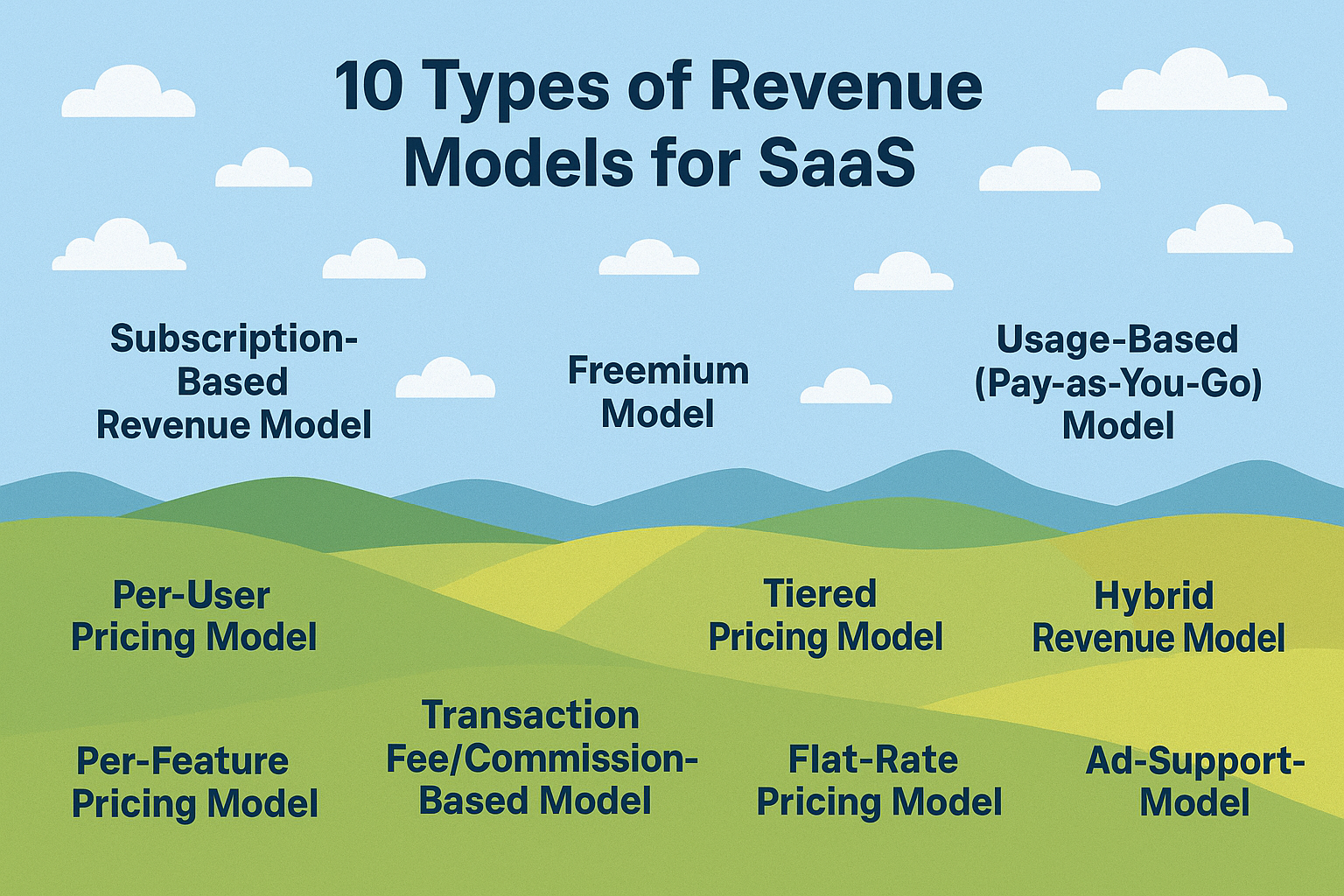
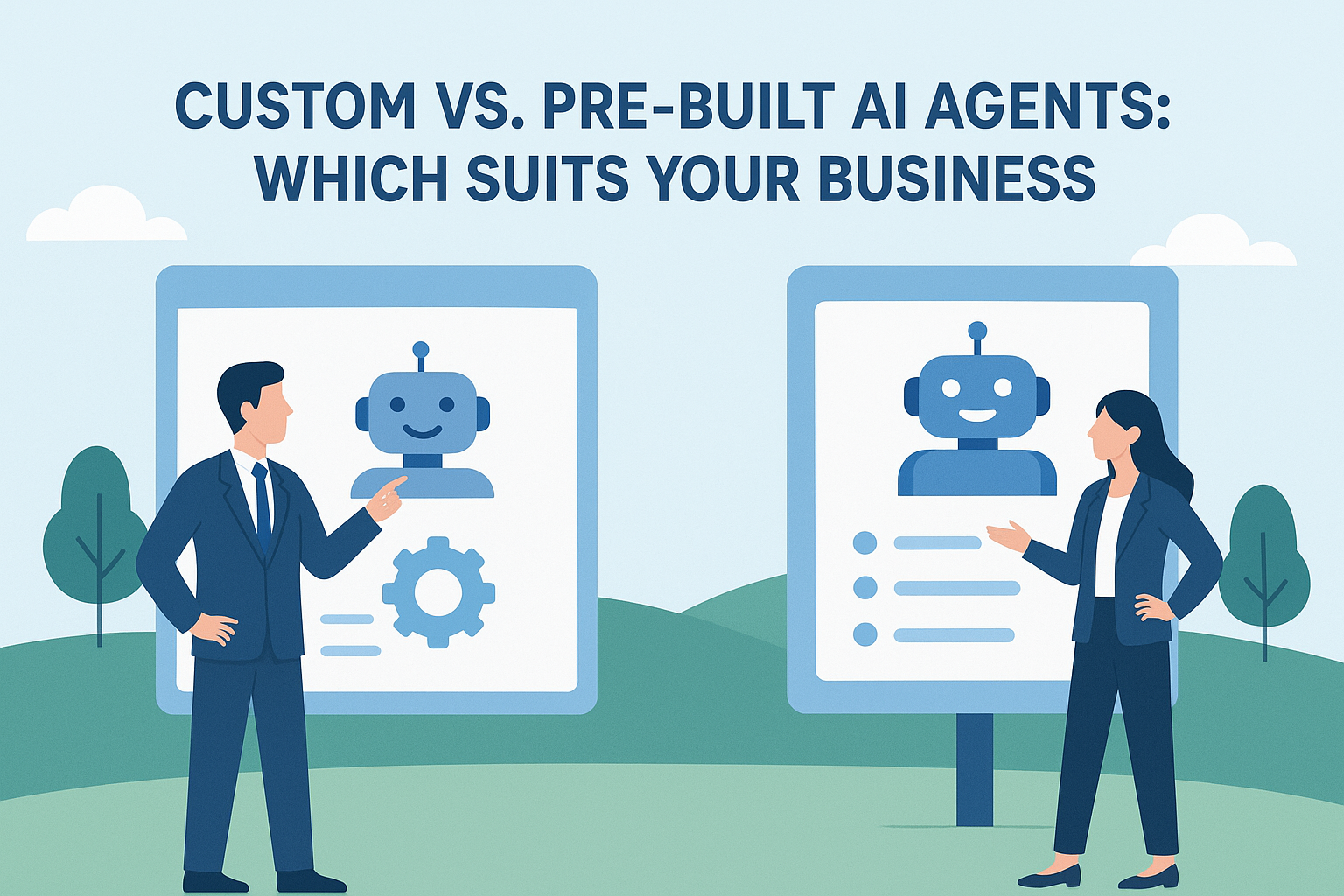
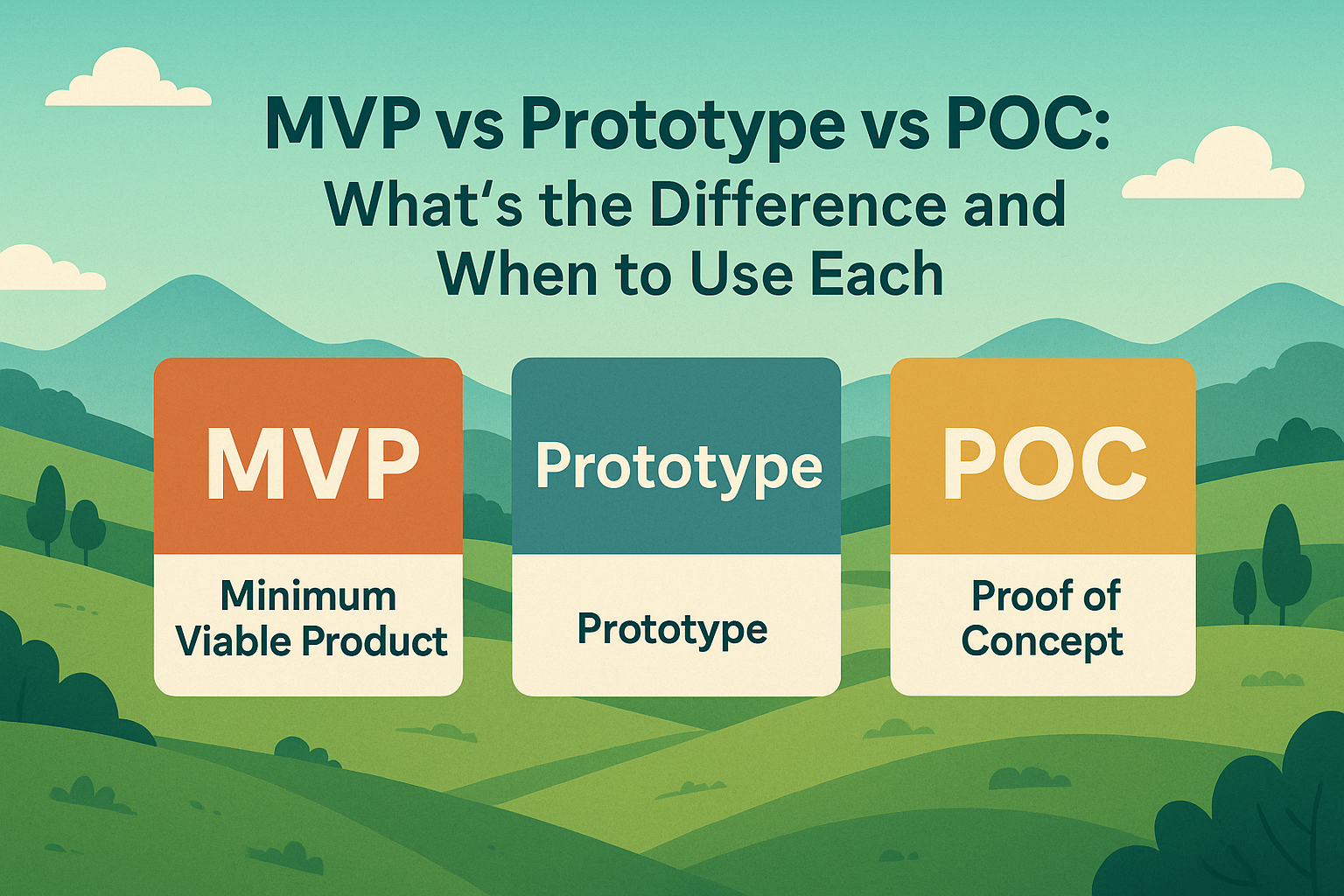
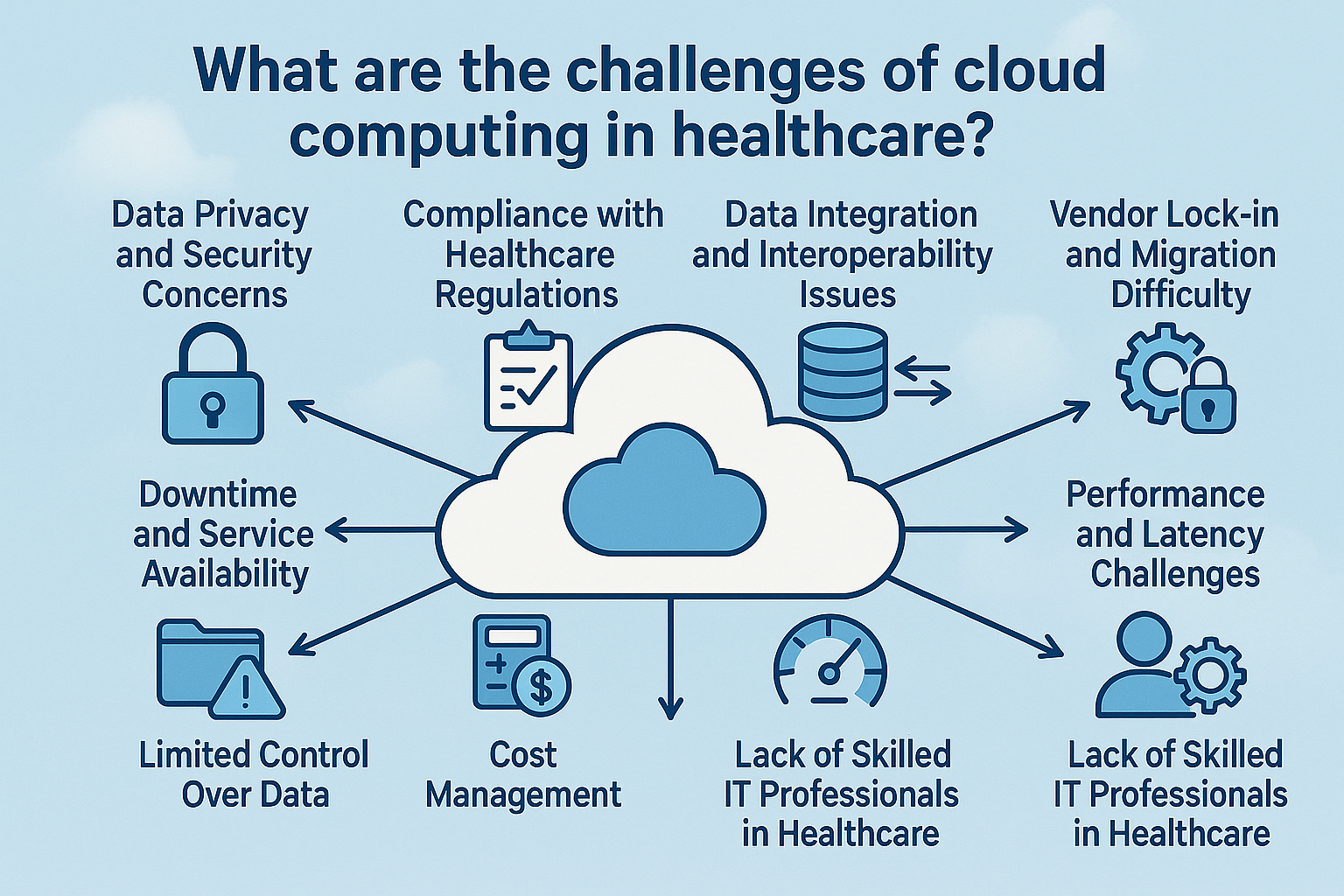
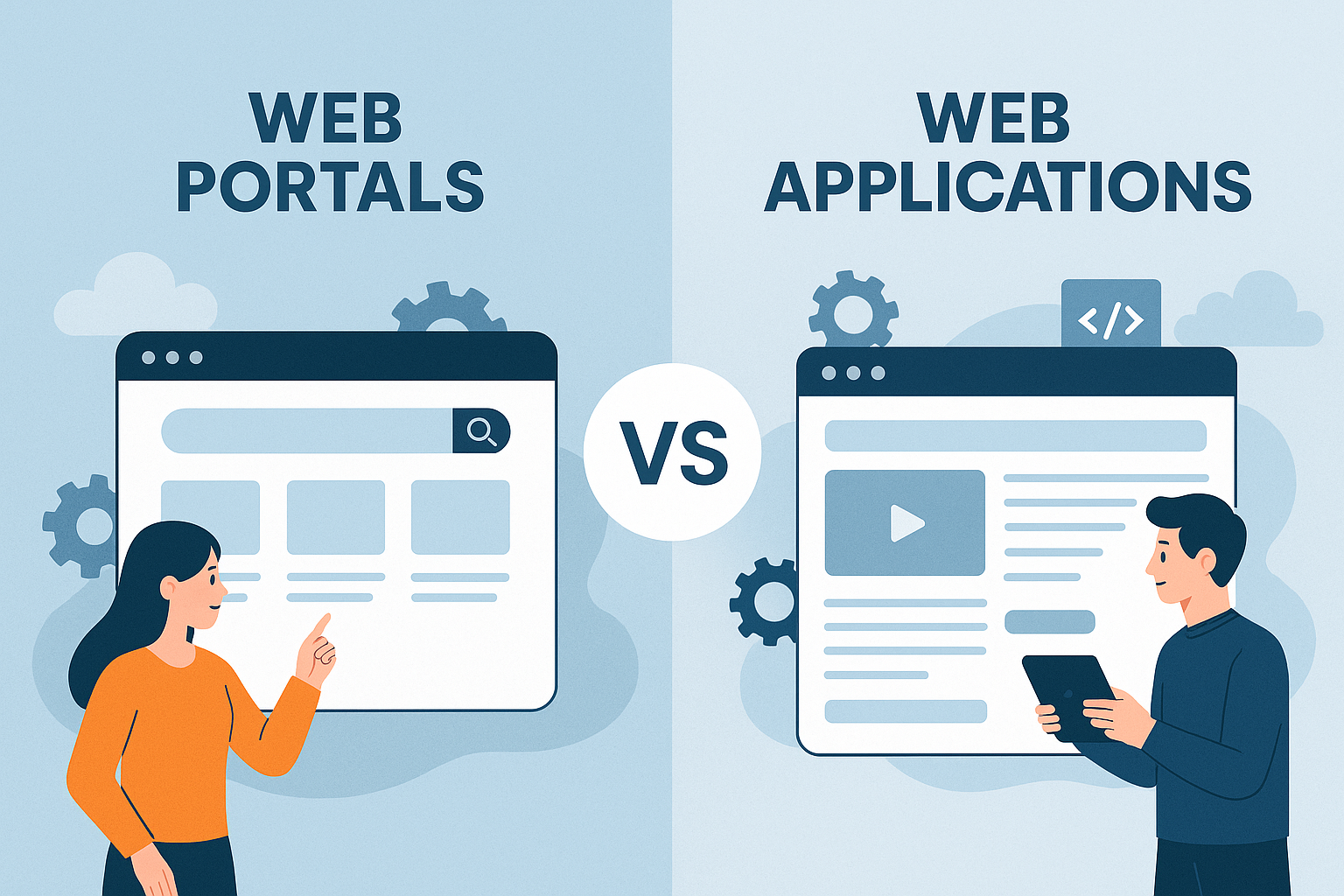



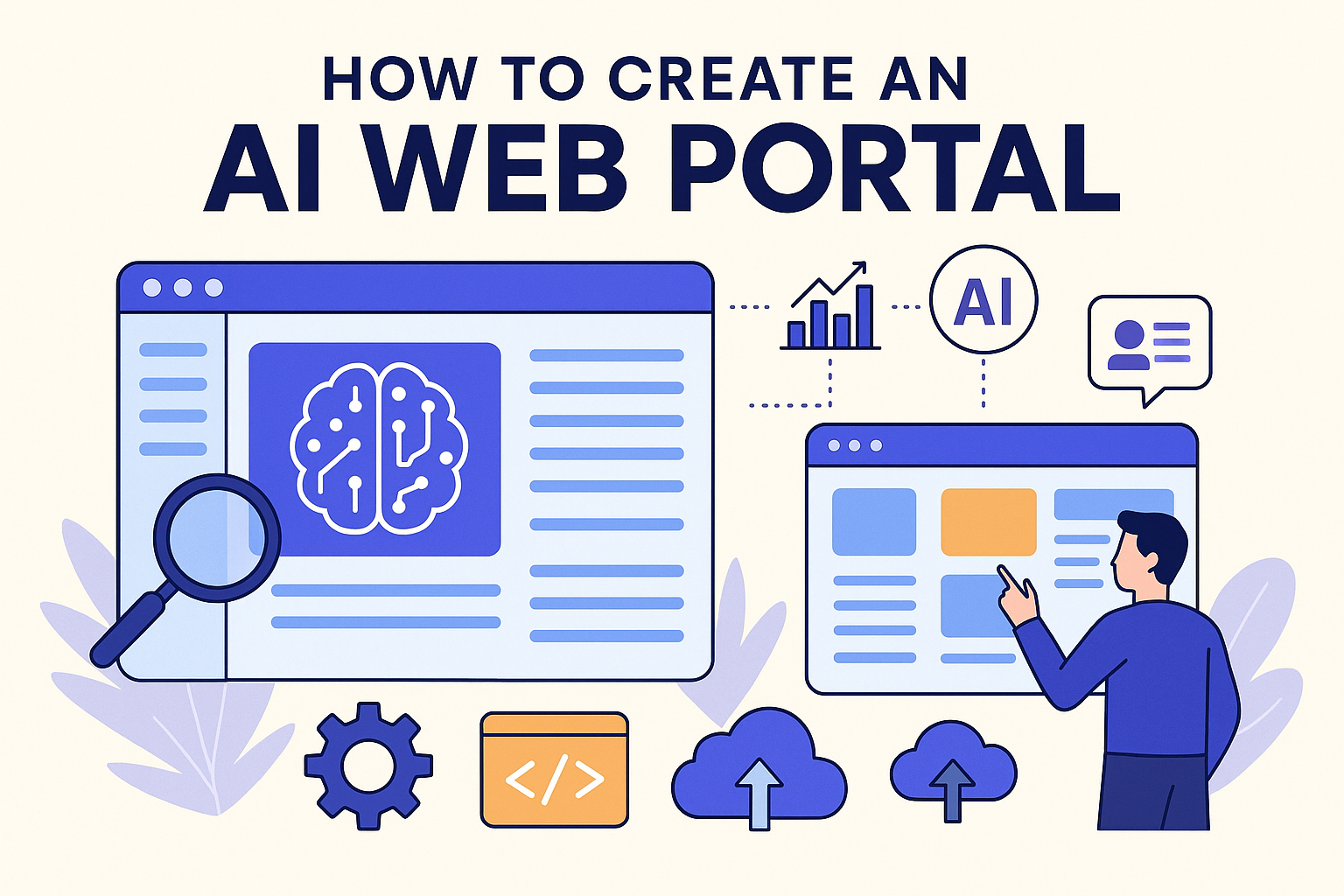
Write a comment ...